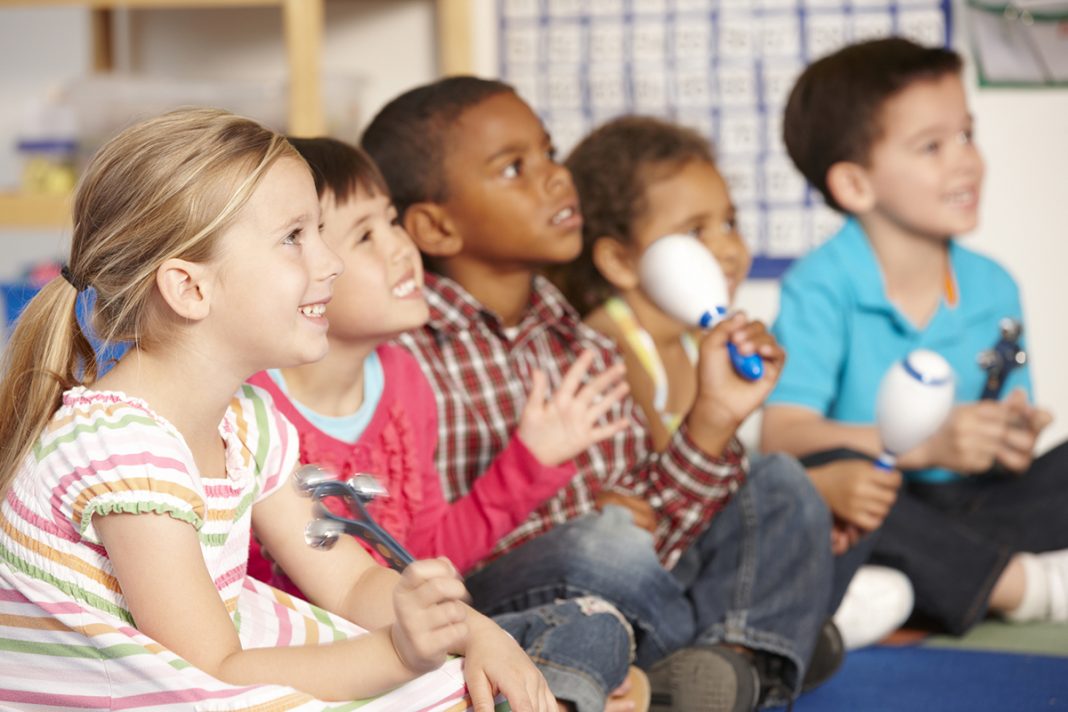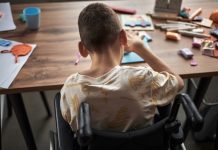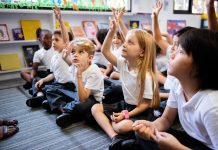In this interview with Professor Claudio Baraldi (University of Modena and Reggio Emilia), Project Coordinator of the EU funded project CHILD-UP, we learn about key points related to the project’s approach and implementation
Children Hybrid Integration: Learning Dialogue as a way of Upgrading policies of Participation, or, the CHILD-UP project, aims to propose innovative approaches to improving the social integration of migrant children. Project Coordinator Claudio Baraldi (University of Modena and Reggio Emilia) tells us more about this below.
What is the CHILD-UP approach? How would you describe its specificity?
The CHILD-UP approach to migrant children’s integration in the education system is based on two basic assumptions. First, integration is “hybrid”, which means that it is based on the continuous exchange of migrant children’s experiences, points of view and knowledge with other children and adults. This continuous exchange improves the enrichment of each child’s experience and knowledge. According to this approach, studying migrant children’s hybrid integration means studying their actions in a social context, in particular in the classroom, involving their classmates as well as their teachers and educators. Second, migrant children’s actions are effective for hybrid integration if they exercise agency.
Agency means that children choose their way of acting, thus influencing their social context and triggering social change. Agency is not an innate quality of children or a peculiar aspect of children’s personality; rather, agency is based on social relations, in particular on interactions with other children and adults, and requires a social support from these interlocutors. Agency requires the facilitation of dialogue between children and between children and adults. In the general context of research on migration in the education system, studying the combination of hybrid integration, children’s agency and ways of supporting dialogue is unique to CHILD-UP.
In methodological terms, what makes it unique and valid?
CHILD-UP is based on a mix of quantitative and qualitative methods, including classic research based on desk investigation (about national and European data), questionnaires and statistics, interviews and focus groups, and an innovative method consisting of recording activities in schools.
On the one hand, the children’s voice has been collected through questionnaires, interviews and focus groups. In addition to the children, teachers, educators and social workers have been involved in filling questionnaires and participating in interviews and focus groups. Questionnaires have been also distributed to children’s parents. On the other hand, an important effort has been made in recording real data from school activities, including facilitation of personal expressions, second language teaching and linguistic mediation in cases of language barriers, above all involving parents.
This mix of methods is unique since it allows a complex construction of knowledge about migrant children and their context. In the seven countries of the consortium, CHILD-UP has collected and analysed 10,401 questionnaires (in two phases), 410 interviews and focus groups, 235 audio and video recordings of real practices in specific school classes and groups. These recordings provide a set of data that is unique in the field of social studies on migration and education. Questionnaires filled by the participants in recorded practices show that about half of them were children with migrant backgrounds. This is very important since it allows showing if these children were involved in dialogue and if hybrid integration worked well. Finally, the COVID pandemic, although disruptive of research activities, offered a unique opportunity to catch children’s point of view on their experience of lockdown and return to school.
What are the main results to date?
First, the research has confirmed that in the seven countries, second generation children are much more numerous than newly arrived children (the ratio is about four to one). This also implies that living conditions of children and their families are frequently decent.
Second, migrant children’s experiences of children in school are generally positive, but more problematic than that of native children, especially regarding language barriers.
Third, professionals (teachers, social workers, mediators) are aware of migrant children’s problems and potentialities, in favour of respect of differences and engaged in enhancing positive intercultural relations. Representation is partially different from parents’ point of view, which shows less benevolence for cultural difference and less interest in positive cultural relations.
Fourth, many children showed great competence in observing their own condition and the importance of social relations, in interviews and focus groups and during the activities in which they had the opportunity to express their points of view.
Fifth, the analysis of recorded activities has shown the complexity of forms of facilitation, participated teaching and mediation in the seven countries.
Finally, the large majority of the participant children confirmed that the activities were successful in creating conditions of hybrid integration.
What policy implications do you see for the CHILD UP research results?
In the next months, CHILD-UP will provide some important research-based outcomes, including an archive of good practices, a training programme (both applicable in presence and as a MOOC) and a set of guidelines to reproduce good practices. These outcomes are an important way of informing and supporting educational policies at local, national and European levels. In terms of teachers’ education policies, it is urgent to enhance teachers’ capacity to improve communication with migrant children and to collaborate with external facilitators, mediators and parents.
CHILD-UP view of implications for policies includes three issues. First, bottom-up processes, involving schools and stakeholders in the construction of knowledge and good practices, are primarily important. Listening to and involving local protagonists is much more productive and effective than supporting international agencies and actions or doing surveys.
Second, knowledge of real daily life activities is much more productive than a collection of second-hand reports or ideas. What is needed is an effort to collect data about local practices and to compare these data. In this way, a European set of data can be constituted around practices. Third, specialised and interactive digital archives are more useful than big general datasets. Constructing this type of archive implies relevant ethical issues, but it is the only way of supporting local schools and stakeholders with important data about practices. Non-occasional support of the sustainability of these archives is also important.
To sum up, the CHILD-UP vision is that policies should be based on the sustainable implementation of plans enriching the direct knowledge of what happens in the real lives of children and their education.
Please note: This is a commercial profile
© 2019. This work is licensed under CC-BY-NC-ND.











